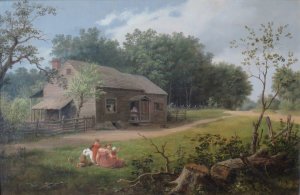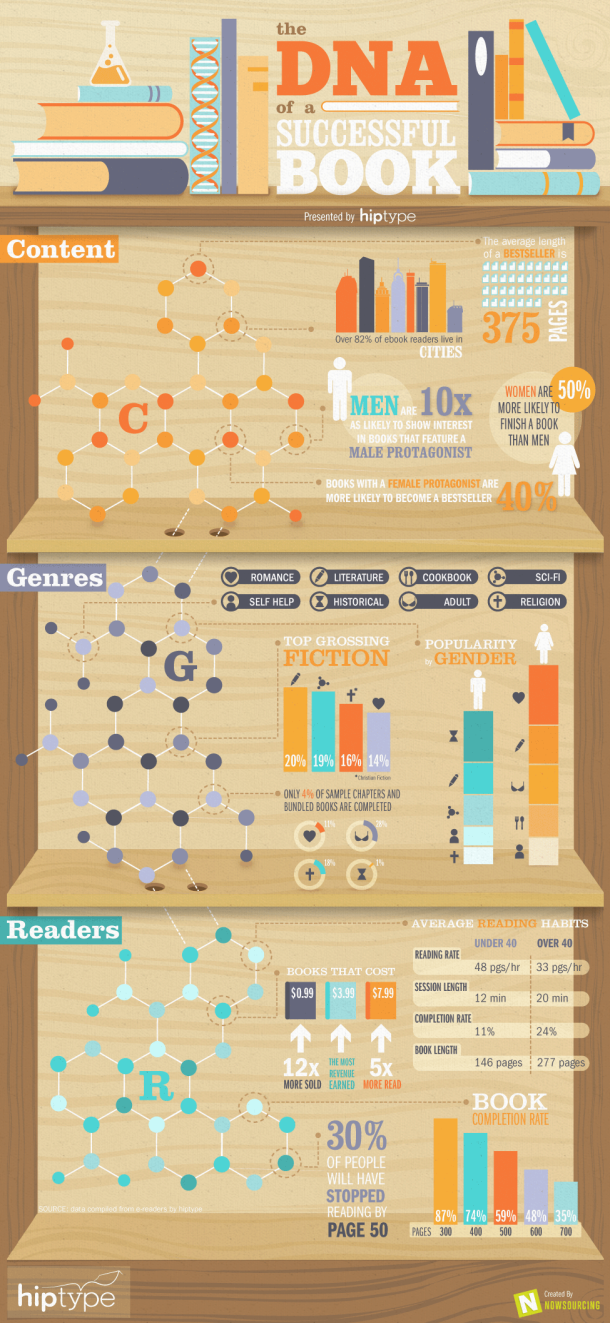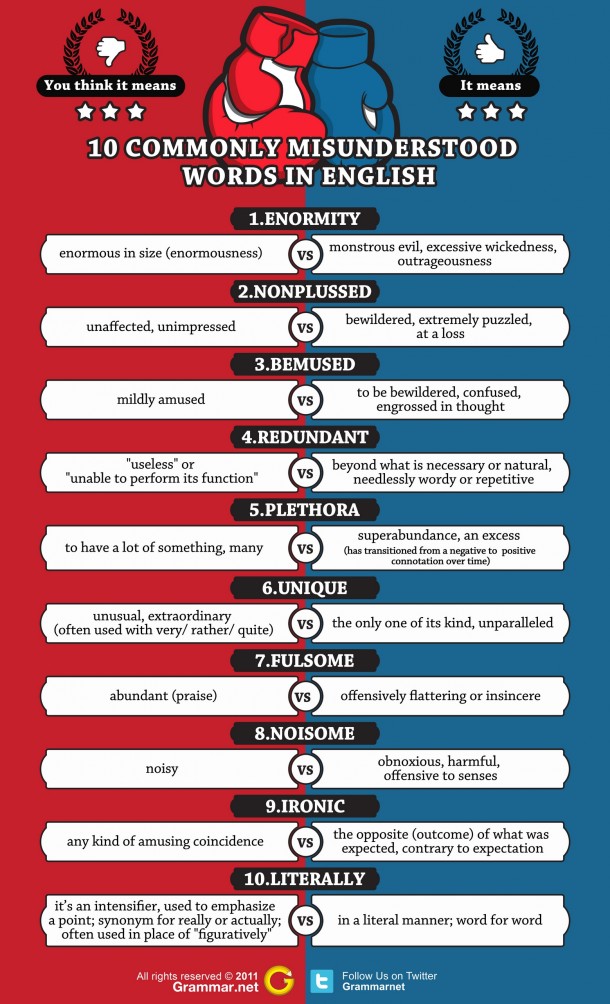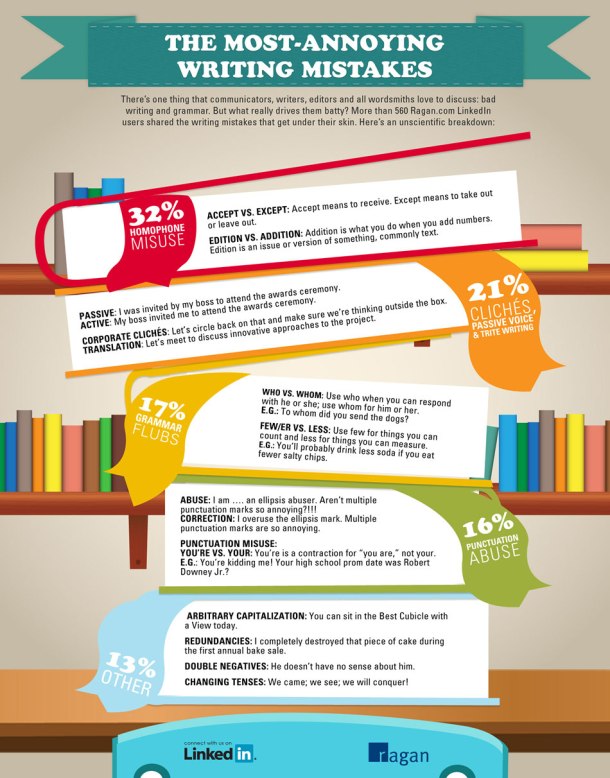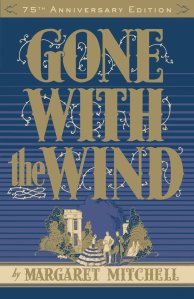
Gone with the Wind by Margaret Mitchell via Amazon
No one thinks they’re shallow (even if others do), and I’m of the belief that it’s very important for your characters to be somewhat relatable in order to matter. So if a story requires a very shallow character, how do we make that character matter?
For starters, remember that even though these characters are shallow at first glance, there is more to them than meets the eye — and it’s our job as writers to bring that out. There are a few different strategies to show readers why they should care about a seemingly shallow character:
Give the character context. In the opening chapter of Margaret Mitchell’s classic Gone with the Wind, Scarlett O’Hara doesn’t care one whit about the coming war (which will be the American Civil War). In fact, Scarlett tells the Tarleton twins:
If you say ‘war’ just once more, I’ll go in the house and shut the door. I’ve never gotten so tired of any one word in my life as ‘war,’ unless it’s ‘secession.’
Although this makes Scarlett pretty shallow up front, Mitchell gradually shades in the character to give us more about her background and make her more relatable in the context of the story, in the context of the pre-Civil War era.
Give the character an arc that fundamentally changes them. In the more recent Uglies by Scott Westerfeld, main character Tally Youngblood was so shallow in the first chunk of the book that I almost couldn’t keep reading. At first, she only cares about being like everyone else. However, (mild spoiler ahead…) Westerfeld turns this around by revealing the outside world to Tally a little bit at a time, almost painfully slowly at times, gradually changing Tally’s perspective to be dramatically different — and much deeper — than when we first met her.
Shape the narration. Guiding the point of view also gives the reader subtle clues that there is more to come. Mitchell does this masterfully, describing Scarlett in the first chapter of Gone with the Wind:
She meant what she said, for she could never long endure any conversation of which she was not the chief subject. But she smiled when she spoke, consciously deepening her dimple and fluttering her bristly black lashes as swiftly as butterflies’ wings. The boys were enchanted, as she had intended them to be, and they hastened to apologize.
These are not things Scarlett could have said about herself, and the implication here is that Scarlett knows what she’s doing and has a grand plan for her situation. As we get further along in the novel, we come to find out that Scarlett is a master manipulator, and whether we agree with her motives or not, she continues to surprise us and keep us involved in the story.
What else can we do to make shallow characters more relatable?
P.S. For more about Scarlett’s motives, check out Finding Character Motives.
